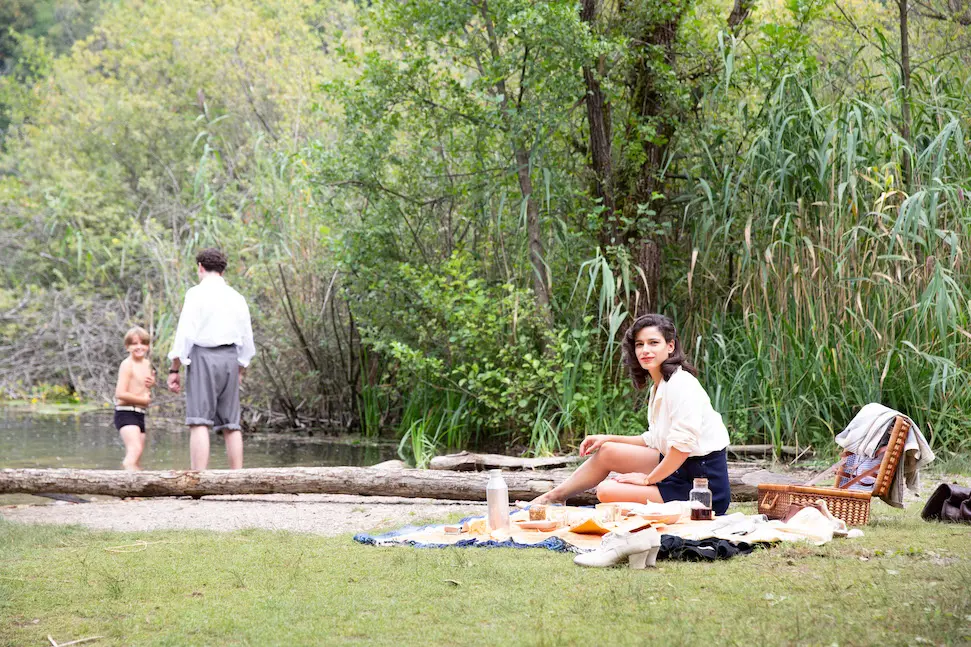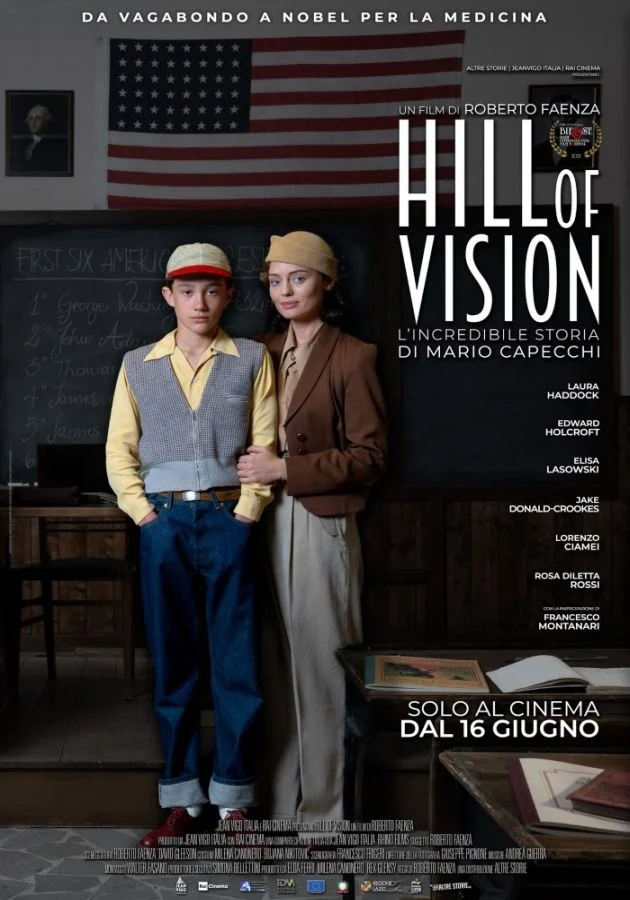

In Hill of Vision Roberto Faenza tells the story of Mario Capecchi, who won the Nobel prize for Medicine in 2007 for his research into embryonic stem cells and ?gene targeting?, research which still today contributes to science. His story, however, began in Alto Adige.
Mario was only five when his mother Lucy Ramberg, a poet and political activist, was deported to a concentration camp, leaving him with a family of farmers on the high Renon plateau. In 1943, as war was raging, that extra mouth to feed was a burden to offload and Mario ends up alone, wandering the streets of Bolzano where he joins a small group of abandoned children and lives off his wits and what he can beg.
After the war, he emigrates to America following his mother’s wishes, she managed to find him and wants to ensure a good education for him. The second part of the film was scheduled in the United States, the locations were already chosen, but when the Covid-19 pandemic made it impossible, the production recreated Pennsylvania on the Salten plateau where mountain and vegetation suit the American part of the story.
The American school that Capecchi went to during the 1930s, the Quaker village ‘Hill of Vision’, a medical studio of the time and the façade of the building in Stockholm where Capecchi received his Nobel prize in 2007 were recreated in the Cesare Battisti barracks in Merano, adapted into a soundstage.
In Hill of Vision Roberto Faenza tells the story of Mario Capecchi, who won the Nobel prize for Medicine in 2007 for his research into embryonic stem cells and ?gene targeting?, research which still today contributes to science. His story, however, began in Alto Adige.
Mario was only five when his mother Lucy Ramberg, a poet and political activist, was deported to a concentration camp, leaving him with a family of farmers on the high Renon plateau. In 1943, as war was raging, that extra mouth to feed was a burden to offload and Mario ends up alone, wandering the streets of Bolzano where he joins a small group of abandoned children and lives off his wits and what he can beg.
After the war, he emigrates to America following his mother’s wishes, she managed to find him and wants to ensure a good education for him. The second part of the film was scheduled in the United States, the locations were already chosen, but when the Covid-19 pandemic made it impossible, the production recreated Pennsylvania on the Salten plateau where mountain and vegetation suit the American part of the story.
The American school that Capecchi went to during the 1930s, the Quaker village ‘Hill of Vision’, a medical studio of the time and the façade of the building in Stockholm where Capecchi received his Nobel prize in 2007 were recreated in the Cesare Battisti barracks in Merano, adapted into a soundstage.

Jean Vigo Italia, Rai Cinema, Rhino Films